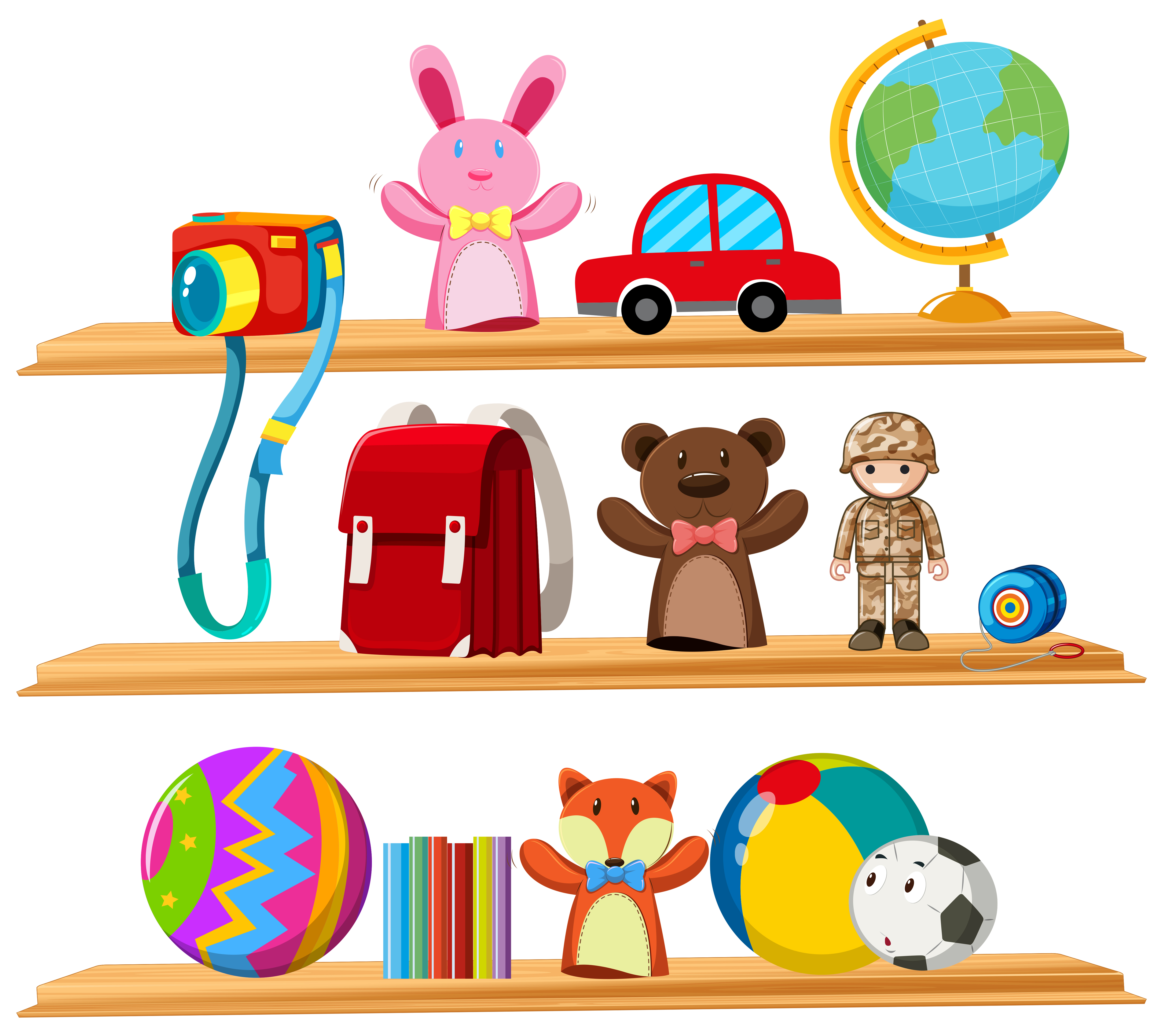


Understanding the teacher’s role : Teachers can support children’s play with manipulatives by providing interesting materials, rotating materials based on children’s interests and curriculum themes, and asking questions that stimulate children’s thinking. Having child-sized tables with only a few chairs at each table further encourages children to work individually or in small groups. It is important to set up a manipulatives center far away from centers that tend to be noisy and active, such as block building and dramatic play. Understanding the child’s role: The manipulatives center is a place where children are generally working alone or in pairs on tasks that require concentration and thought. What Teachers Should Know about Manipulatives Chances to practice creativity and problem-solving.Following directions, following sequences, and concentrating for completing tasks.Comparison of similarities and differences, matching, classification, and pattern recognition.Recognition of shapes, colors, and textures.Fine motor skills, eye-hand coordination, and visual discrimination.Some of the most common skills children learn by using manipulatives include: Manipulatives, sometimes referred to as table toys, are an important part of the early childhood curriculum because children can use them to practice a wide variety of skills. The best place to discuss teaching best practices and get the support you need is in the Teaching Trailblazers Program.Manipulatives and Table Toys Support Children’s DevelopmentĪ wide variety of materials used in child care and early education programs fall into the category of “manipulatives,” including different types of building bricks and toys, collections of objects for sorting, small dolls and animals, and many other types of toys. Having everything in your classroom labeled is awesome! But let’s face it, labels can’t make you a better teacher. Now you have a neatly labeled classroom that you can change up quickly and easily whenever necessary! Just slide the pictures out of the pocket and replace them with another whenever you want to change them up – easy peasy! These pockets make it super easy to change out the pictures on the tubs in your classroom centers. To attach the labels to the bins in your centers, I love using the sticky back label pockets from Target. The text is also editable so you can type the words in your own language or edit them to meet your needs. This printable set includes more than 140 different labels you can print out and use in your classroom right away. So where do you get these magical labels? Good news, I made them for you! If you label everything in your preschool classroom, it will make clean-up time go so much more smoothly! Placing a label on things provides young children with a visual that helps them learn where each item belongs. When materials placed on the shelves are clearly labeled they are easily accessible to your students, which allows them to be more productive and increases student engagement.Ĭlearly labeled shelves and tubs will also help reduce your students’ frustration levels and save them time searching for materials. There are other benefits of labeling everything in your classroom centers. When you take the time to label your classroom your students will begin to make the connection between the written and spoken word more quickly. Labels with pictures help create a meaningful, print-rich learning environment for your little learners. When you place a label on each end of each tub and on the shelf you’re setting both your students and yourself up for success.īut creating labels for your classroom can be a lot of extra work, which is why I created this editable set of classroom labels for you. Do you label the items on the shelves in your classroom centers? Labeling the tools and materials in your learning centers is an important part of a high-quality early childhood program.


 0 kommentar(er)
0 kommentar(er)
